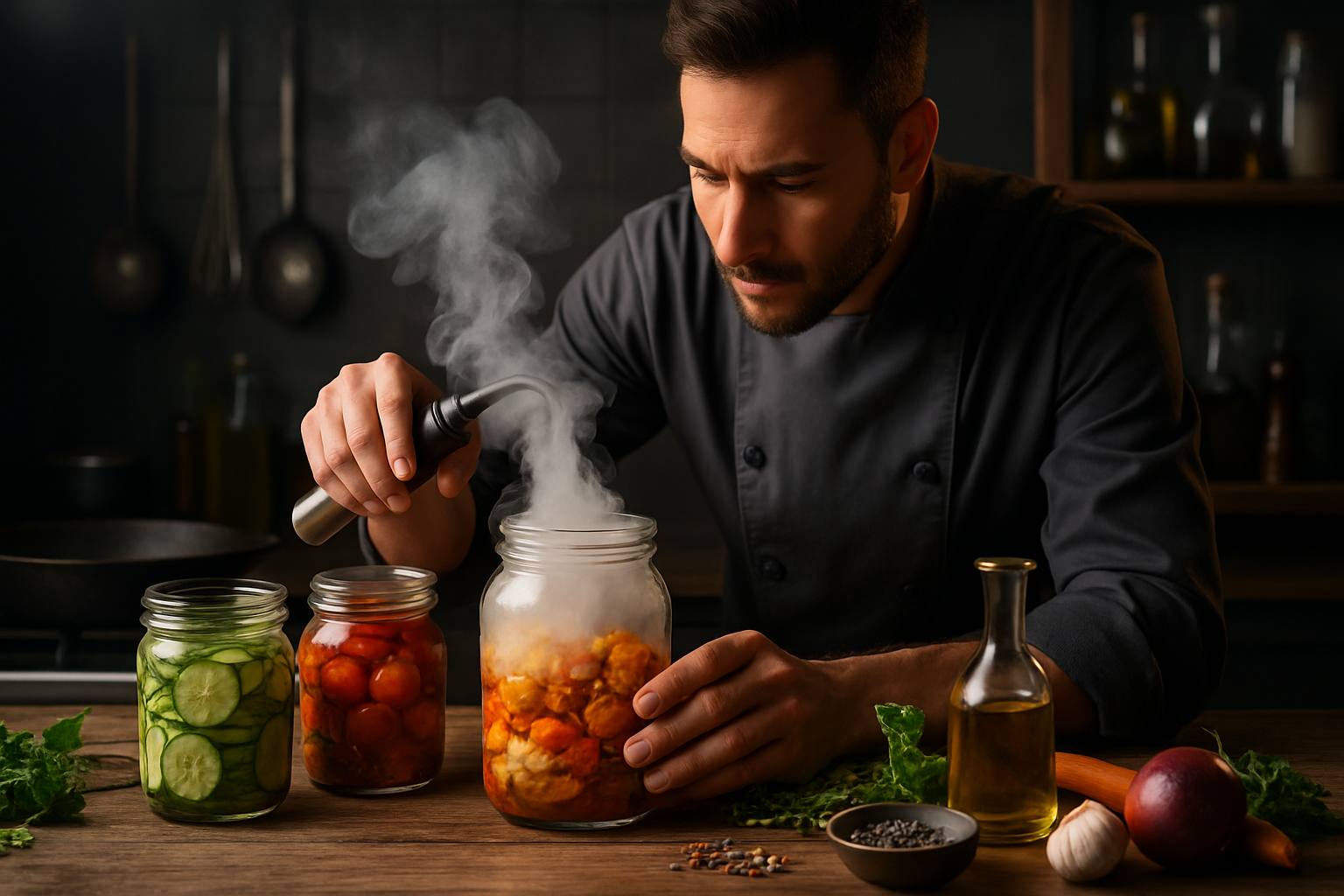Regional recipes finding global audiences online
Regional recipes are reaching global audiences through social platforms, searchable recipe archives, and niche communities that value authenticity and seasonality. This article examines how cuisine, recipes, beverages, and culinary techniques travel digitally, and how creators, curators, and communities preserve taste and technique while addressing nutrition, sustainability, and preservation.

Regional recipes are increasingly visible to global audiences thanks to social platforms, searchable archives, and cross-border interest in authentic tastes and techniques. Creators who document ingredients, seasonality, and preparation methods make cuisine accessible without erasing local context. At the same time, conversations around nutrition, sustainability, and preservation shape how recipes are shared and adapted, while tools like culinarytech and video formats let fermentation, mixology, and plantbased alternatives be demonstrated clearly across languages and time zones.
How can cuisine connect across borders?
Cuisine translates cultural context into ingredients, technique, and storytelling. Online platforms let communities showcase regional dishes alongside the histories and rituals that make them meaningful. When a recipe includes notes on seasonality and local ingredients, international cooks can interpret substitutions without losing the essence of the dish. This exchange builds appreciation rather than appropriation when creators credit sources, explain provenance, and make clear which elements are essential versus adaptable.
What role do recipes and mealprep play online?
Recipes and mealprep content are the backbone of digital food knowledge: step-by-step guides, time-saving tips, and batch-cooking methods let regional dishes fit modern routines. Structured recipes with ingredient lists, timing cues, and storage advice increase reproducibility across different kitchens. Mealprep adaptations that address portioning, preservation, and nutrition make traditional dishes more usable for busy households, while searchable tags and standardized formatting help recipe archives be discoverable by those seeking specific ingredients or dietary needs.
How do beverages and mixology travel digitally?
Beverages and mixology thrive on visual demonstration and sensory description. Video tutorials can show technique for regional drinks—whether tea ceremonies, fermented sodas, or cocktail riffs—while written recipes provide exact measures for replication. Creators who explain balancing flavors, alternative ingredients, and serving context make beverages approachable for global audiences. Discussions of nutrition and alcohol content, and guides for nonalcoholic plantbased versions, help reach broader groups while retaining cultural relevance.
How does sustainability shape food sharing?
Sustainability and zerowaste approaches influence how regional recipes are adapted online. Emphasizing seasonal ingredients and preservation techniques reduces food miles and supports local producers even when recipes travel. Plantbased substitutions and clever reuse of scraps in stocks, condiments, or side dishes show how traditional methods can align with contemporary sustainability goals. Clear labeling about sourcing, storage, and environmental considerations helps audiences make informed choices when recreating regional cuisine.
Can fermentation and preservation be taught online?
Fermentation and preservation are tactile practices but translate well to digital formats with careful explanation. Stepwise videos, temperature guides, and safety notes make techniques like lacto-fermentation, curing, or pickling accessible without guesswork. Preservation content increases the shelf life of seasonal ingredients and connects cooks to traditional methods, while nutrition notes highlight probiotic benefits or nutrient retention. When creators include troubleshooting, timelines, and ingredient substitutions, learners worldwide can adopt these methods responsibly.
How does culinarytech affect seasonality and ingredients?
Culinarytech—from searchable ingredient databases to precision cooking tools—helps regional recipes adapt across climates and supply chains. Apps that suggest seasonal substitutes, quantify nutrition, or generate shopping lists reduce friction for cooks who lack native ingredients. Data on flavors, preservation, and mealprep can be layered into formats that respect culinary tradition while offering practical alternatives. This combination of tech and technique supports accurate ingredient sourcing and fosters respect for seasonality in both local and global contexts.
Regional recipes reaching global audiences is a dynamic exchange between authenticity and adaptation. When creators provide context—ingredient provenance, seasonality, preservation tips, and nutrition insights—regional dishes can be reproduced respectfully and sustainably. Digital formats, from video to structured recipe posts, enable fermentation, mixology, and plantbased innovations to be demonstrated clearly, while culinarytech and community discourse help maintain the cultural integrity of the food being shared.




